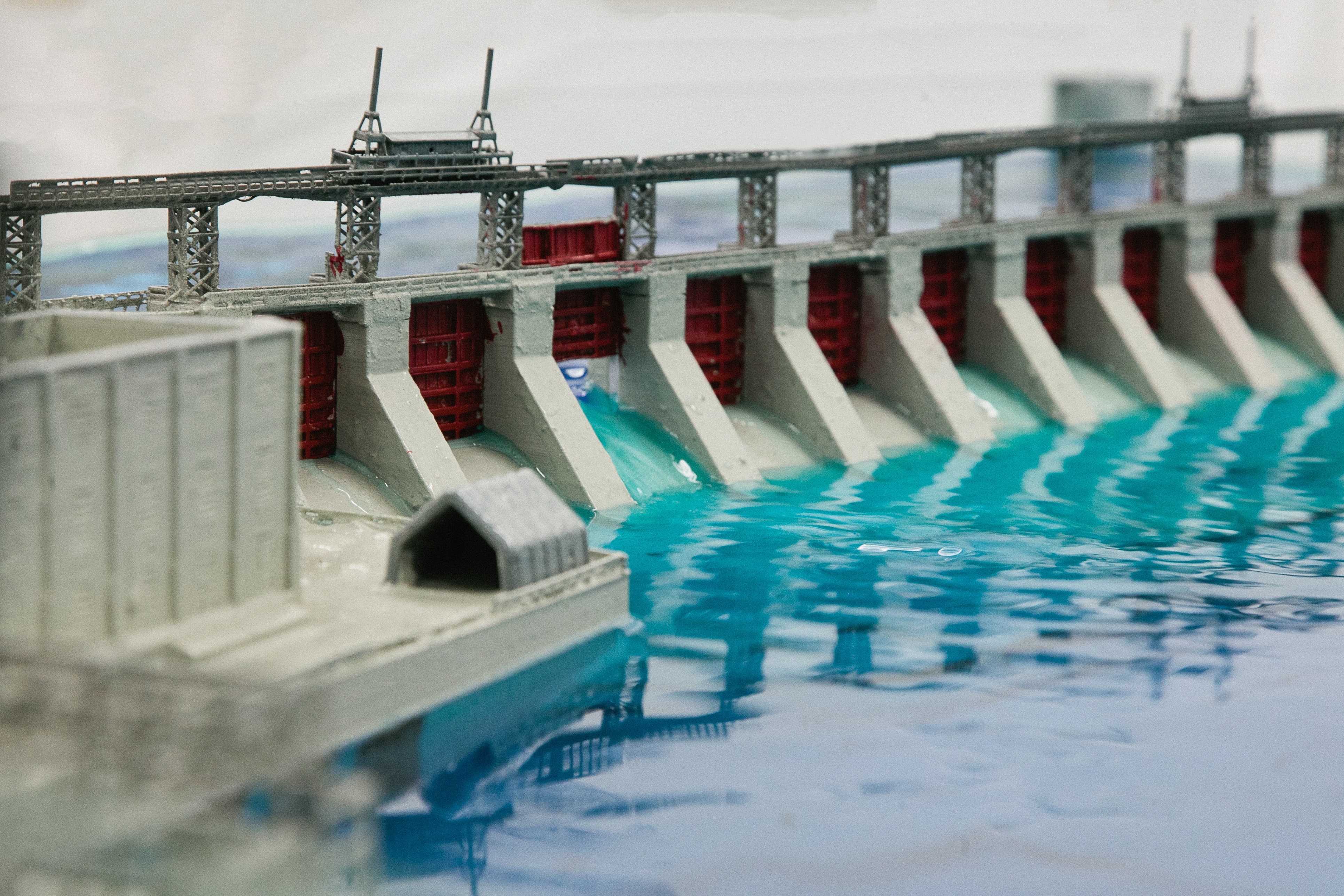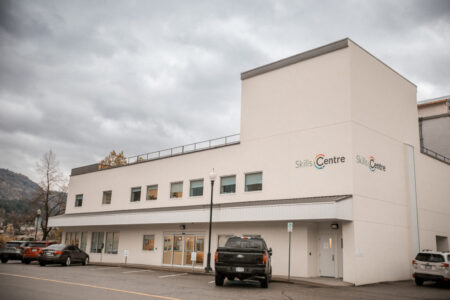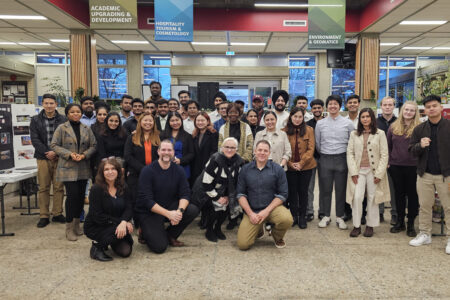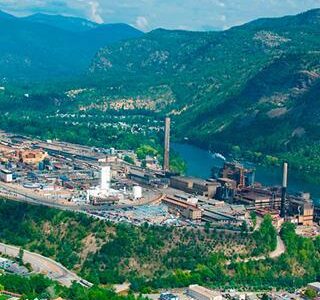Trail Engineering Firm Shares Research at International Dam Conference
Austin Engineering Ltd. and its research partners are taking their findings on how dams respond during earthquakes to an international audience this week when they present at The International Commission on Large Dams (ICOLD).
The Trail, BC engineering firm, Selkirk College, FortisBC, and the University of British Columbia Okanagan (UBCO) have again worked successfully together to complete Phase 3 of their study: Comparative Seismic Performance of Dams in Canada and China Using Numerical Analysis and Shake Table Testing.
“We’re very excited to take our research to the next level; sharing our expertise with industry colleagues at ICOLD is an absolute honour,” says Mary Austin, director of business development at Austin Engineering. “The seismic safety of new and ageing concrete dams is becoming one of the most important issues in the dam safety engineering field.”
ICOLD is an international non-governmental organization dedicated to ensuring dams are built safely, efficiently, economically, and without detrimental effects on the environment.
The 2019 annual symposium, scheduled for June 9-14th in Ottawa, ON provides a forum for sharing professional information, covering design, construction, maintenance, and impact of large dams among other specialized topics. Dam owners, operators, engineers, and other stakeholders aim to advance industry knowledge and practices on a global scale.
“It’s exciting to share knowledge and expertise from around the world; it helps us better understand and better design dams in the future, for the benefit of everyone,” says Principal Engineer Roger Austin. “Our research is leading to lower-cost dam structures that are also more seismically stable.”
The 2008 Wenchuan earthquake was one of multiple significant tremors that resulted in major consequences, causing the Chinese government to update its Code for Seismic Design of Hydraulic Structures. Now, research to help create and guide dam safety conversations continues to highlight and drive further increased responsibility globally.
There’s been ample research on how dams react during seismic events, but testing dam-water interaction in the way that Austin Engineering and its collaborators have is groundbreaking. By using shake table technology to test reduced scale gravity dam sections, the most recent study compared and evaluated various seismic performances of overflow sections for concrete gravity dams constructed in both Canada and China.
Austin Engineering is leading Canada in the use of digitally fabricated (3D printed and CNC milled) dam models for hydraulic and seismic testing in-house, at both their own hydraulics lab and their research partner’s lab at UBCO Applied Laboratory for Advanced Materials and Structures. Their dedication to furthering dam safety has been made possible with financial assistance from MITACS, a non-profit national research organization.
The company and its partners have been recognized for their advancements in dam safety, winning the Clean Energy BC Operational Excellence Award in both 2017 and 2018 for their 3D printed hydraulic modeling and seismic testing on one of FortisBC’s extreme consequence dams.
Taking the research a step further with Phase 3, the team compared the early 1900s Canadian hydroelectric dam located in Southeastern BC to one located on the Jinsajing River in the Yunnan Province of China. Both dams were similar in profile, but the newer Chinese dam was built following the Chinese government’s implementation of an updated seismic design code for hydraulic structures and hydropower projects.
Investigating actual performance compared to numerical modeling under full and empty pool conditions was a key focus of Austin Engineering’s research team. The researchers cast specimens with lightweight, low-strength concrete and utilized the design response spectra specified by the Canadian and Chinese seismic codes respectfully to match the selected ground motion in experimental and numerical investigations.
“We are devoted to the research and development necessary to support the longevity of dams and the safety of communities downstream,” adds Mary. “We’re always thinking globally, and we’ll continue to ask the questions necessary to ensure dam safety is at the forefront. We do this through partnerships with like-minded people and organizations and we’re thankful to be given the space to share our research.”
























